Home>Garden Essentials>What Is Astro Turf Made Of
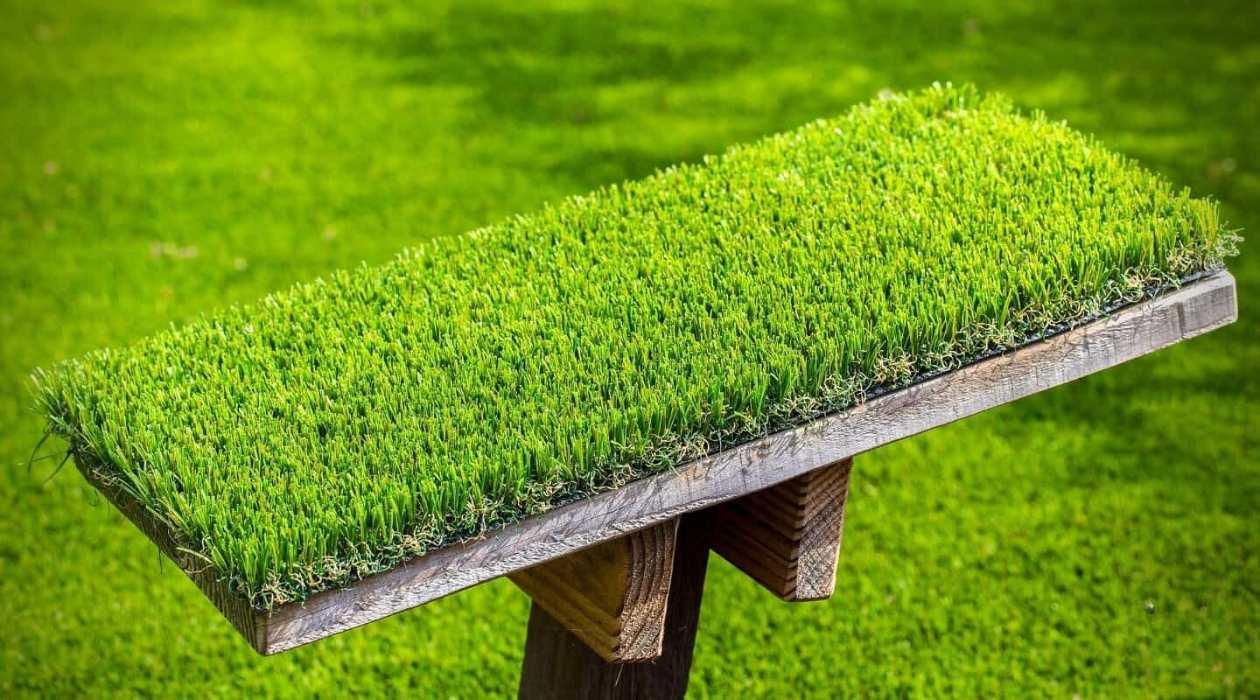

Garden Essentials
What Is Astro Turf Made Of
Modified: October 18, 2024
Discover the secret behind Astro Turf's composition and ingredients. Find out what materials are used to create this popular artificial grass alternative for your garden.
(Many of the links in this article redirect to a specific reviewed product. Your purchase of these products through affiliate links helps to generate commission for Storables.com, at no extra cost. Learn more)
Introduction
When it comes to creating a beautiful and low-maintenance lawn or sports field, many people are turning to astro turf. Astro turf, also known as artificial turf or synthetic grass, offers a range of benefits over natural grass, including durability, versatility, and reduced maintenance requirements. But have you ever wondered what astro turf is made of?
In this article, we will dive into the materials that make up astro turf, exploring the various components that come together to create this popular alternative to natural grass. From the fibers used to mimic the look and feel of real grass to the backing and infill materials that provide stability and cushioning, we will uncover the secrets behind the construction of astro turf.
Whether you’re a homeowner looking to transform your backyard or a facility manager seeking a reliable and cost-effective turf solution, understanding the materials that make up astro turf will help you make an informed decision. So let’s dive in and discover what astro turf is truly made of.
Key Takeaways:
- Astro turf is made of synthetic grass materials like polyethylene, polypropylene, and nylon, each with unique characteristics. Understanding these materials helps in choosing the right type of astro turf for specific needs.
- The backing material of astro turf provides stability, durability, and proper drainage, while infill materials like rubber, sand, organic, or PE offer stability, cushioning, and support. Choosing the right materials ensures a durable and visually appealing astro turf.
Read more: What Are The Alternatives To Astro Turf?
Synthetic Grass Materials
At the heart of astro turf are the synthetic grass materials that mimic the look and feel of real grass. These materials are carefully selected and engineered to create a lush and realistic appearance while withstanding the wear and tear of regular use. The three primary types of fibers used in astro turf are polyethylene, polypropylene, and nylon.
Polyethylene Fibers: Polyethylene is the most commonly used material in astro turf. It is known for its softness, durability, and natural-looking appearance. Polyethylene fibers have a slightly waxy texture, which helps them retain their shape and resiliency. They also have excellent UV resistance, making them less prone to fading or discoloration over time. Additionally, polyethylene fibers offer good water drainage and are resistant to stains and odors, making them ideal for pet-friendly or high-traffic areas.
Polypropylene Fibers: Polypropylene is a less expensive option often used in low-traffic or temporary applications. While not as durable as polyethylene, polypropylene fibers are lightweight, making them easy to install and move. They have good resistance to moisture and are less prone to mold or mildew growth. However, polypropylene fibers are not as soft or natural-looking as polyethylene, so they may not provide the same level of comfort or visual appeal.
Nylon Fibers: Nylon is the most resilient and robust fiber used in astro turf. It is highly resistant to wear and tear, making it ideal for high-impact sports fields and areas with heavy foot traffic. Nylon fibers are known for their superior strength and long-lasting properties. However, nylon is not as soft as polyethylene fibers and may have a slightly shinier appearance. It is commonly used in commercial or professional sports settings where durability is a top priority.
These synthetic grass materials are typically manufactured in tufted or woven forms, resulting in a dense and uniform surface that mimics the look and feel of natural grass. The choice of fiber depends on various factors such as budget, intended use, and aesthetic preferences. By selecting the right synthetic grass material, you can create a visually appealing and durable astro turf that meets your specific needs.
Polyethylene Fibers
Polyethylene fibers are the most commonly used material in astro turf due to their exceptional softness, durability, and natural-looking appearance. These fibers are designed to closely resemble real grass blades, providing a lush and realistic aesthetic.
One of the key advantages of polyethylene fibers is their waxy texture, which helps them retain their shape and bounce back after being compressed. This resilience allows the astro turf to withstand heavy foot traffic and maintain its fresh appearance over time.
In addition to their durability, polyethylene fibers have excellent UV resistance. This means that they are less prone to fading or discoloration caused by prolonged exposure to sunlight. As a result, the astro turf remains vibrant and green, providing a beautiful and appealing outdoor space.
Another notable feature of polyethylene fibers is their ability to drain water effectively. With proper drainage systems in place, any water or rain that falls on the astro turf will quickly flow through the fibers and into the underlying layers. This prevents water from pooling on the surface, reducing the risk of water damage or the formation of muddy patches.
Polyethylene fibers are also resistant to stains and odors, making astro turf an ideal choice for pet owners or areas with high foot traffic. Whether it’s a backyard play area or a sports field, the fibers are easy to clean and maintain. In most cases, a simple rinse with water or mild soap is sufficient to remove any dirt or debris that may have accumulated on the surface.
Moreover, polyethylene fibers can be manufactured in various shapes, such as flat or textured blades, to imitate different types of grass. This allows homeowners and landscape designers to choose a style that closely matches their desired aesthetic, whether it’s a lush lawn or a specific type of grass used in a particular region.
In summary, polyethylene fibers are a popular choice for astro turf due to their softness, durability, UV resistance, water drainage capabilities, and resistance to stains and odors. By incorporating these fibers into the construction of astro turf, you can create a visually stunning and long-lasting outdoor space that requires minimal maintenance.
Polypropylene Fibers
Polypropylene fibers are another type of material commonly used in astro turf, offering a more affordable option for those seeking artificial grass. While not as durable as polyethylene fibers, polypropylene fibers have their own set of advantages that make them suitable for certain applications.
One of the key benefits of polypropylene fibers is their lightweight nature. This makes astro turf with polypropylene fibers easier to install and move if needed. The lighter weight also means that it requires less support and infrastructure to maintain stability, making it a cost-effective option for temporary installations or areas with less foot traffic.
Although polypropylene fibers may not have the same level of softness and natural look as polyethylene fibers, they still provide a decent level of comfort for recreational purposes. With their ability to mimic the feel of grass, polypropylene fibers are suitable for backyard play areas, balconies, or small recreational spaces where durability is not the primary concern.
One of the advantages of polypropylene fibers is their resistance to moisture, making them less prone to mold or mildew growth. This is especially beneficial in areas with high humidity or frequent rain, allowing the astro turf to maintain a fresh appearance and prevent any unpleasant odors.
It is important to note that due to the nature of polypropylene fibers, they may not have the same level of UV resistance as polyethylene fibers. Over time, prolonged exposure to sunlight may result in fading or discoloration of the astro turf. Therefore, polypropylene astro turf is best suited for shaded areas or locations with minimal sun exposure.
Despite its limitations, polypropylene fibers are a suitable option for budget-conscious individuals or those looking for a temporary astro turf solution. They are lightweight, resistant to moisture, and provide a decent level of comfort for recreational use. With proper care and maintenance, astro turf with polypropylene fibers can offer an affordable and visually appealing alternative to natural grass.
Astro turf is made of synthetic materials like polyethylene or polypropylene. These materials are durable and can withstand heavy use, making astro turf a popular choice for sports fields and landscaping.
Nylon Fibers
Nylon fibers are the most durable and resilient option for astro turf, making them an ideal choice for high-impact sports fields and areas with heavy foot traffic. While nylon fibers may not have the same softness and natural appearance as polyethylene fibers, they offer exceptional strength and longevity.
One of the key advantages of nylon fibers is their ability to withstand wear and tear. They are highly resistant to abrasion and can handle intense use without showing signs of damage or degradation. This makes astro turf with nylon fibers a popular choice for sporting events, schools, and other high-traffic areas.
Another notable feature of nylon fibers is their superior resilience. Even after being compressed or flattened, nylon fibers quickly bounce back to their original shape. This ensures that the astro turf maintains its even and consistent playing surface, allowing athletes to perform at their best and reducing the risk of injury.
Unlike polyethylene fibers, nylon fibers are not as soft to the touch. They have a slightly firmer texture and may have a shinier appearance. Despite this, nylon fibers offer excellent durability and are less susceptible to damage from heavy use or intense sports activities.
It is worth mentioning that nylon fibers exhibit good resistance to moisture, making them less prone to mold or mildew growth. This ensures that the astro turf remains hygienic and odor-free, even in humid or wet conditions.
Although nylon fibers are highly durable, they may have slightly higher maintenance requirements compared to other astro turf materials. Regular brushing or sweeping is recommended to keep the fibers upright and maintain their performance characteristics. Additionally, occasional infill top-ups may be needed to ensure proper cushioning and support.
If you’re looking for a long-lasting and robust astro turf solution, nylon fibers are a top choice. They provide exceptional durability, resilience, and resistance to wear and tear. Whether it’s for a professional sports field or a heavily-used recreational area, astro turf with nylon fibers can withstand the demands of high-impact activities while maintaining a consistent playing surface.
Read more: What Are The Pros And Cons Of Astro Turf
Backing Material
In the construction of astro turf, the backing material plays a crucial role in providing stability, durability, and proper drainage. The backing material is the layer that supports the synthetic grass fibers and holds them in place.
A common type of backing material used in astro turf is a combination of woven fabric and polyurethane coating. The woven fabric provides strength and stability, while the polyurethane coating enhances durability and water resistance.
The woven fabric, often made of polyester or polypropylene, is tightly interwoven to create a strong and resilient base for the synthetic grass fibers. This backing material prevents the fibers from shifting or separating, ensuring a consistent and even surface for activities.
The polyurethane coating is applied to the woven fabric to provide an additional layer of protection. This coating enhances the backing’s resistance to water, preventing moisture from seeping through and causing damage to the underlying layers of the astro turf. It also helps to bind the fibers to the backing, ensuring their durability and preventing them from loosening over time.
In addition to woven fabric with a polyurethane coating, some astro turf may also use a secondary backing material made of latex or rubber. This secondary backing further enhances the stability and structural integrity of the astro turf, ensuring that it can withstand heavy use and extreme weather conditions.
Proper drainage is essential for maintaining the longevity and appearance of astro turf. The backing material is designed to allow water to flow through it, preventing water from pooling on the surface and leading to water damage or the growth of mold and mildew. Additionally, the backing material allows air circulation, ensuring the astro turf dries quickly after rain or irrigation.
Overall, the backing material forms the foundation of astro turf, providing stability, durability, and proper drainage. By choosing a high-quality backing material, you can ensure that your astro turf will withstand the test of time and provide a reliable and enjoyable outdoor space.
Infill Materials
Infill materials are an essential component of astro turf, providing stability, cushioning, and support to the synthetic grass fibers. They are spread on top of the backing material to enhance the overall performance and feel of the astro turf.
There are several types of infill materials used in astro turf, each with its own unique characteristics and benefits:
- Rubber Infill: Rubber infill, often made from recycled tires, is a popular choice for astro turf. It offers excellent shock absorption and cushioning, making it ideal for sports fields and areas where impact protection is crucial. Rubber infill also helps to stabilize the fibers, preventing them from matting down and maintaining an upright position.
- Sand Infill: Sand infill is commonly used in astro turf installations to provide additional stability and weight. It helps to anchor the astro turf in place and prevents it from shifting or moving during use. Sand infill also improves ballast and adds firmness to the playing surface, creating a more natural feel.
- Organic Infill: Organic infill materials, such as cork or coconut fibers, offer a more eco-friendly alternative. They provide good shock absorption and allow for better heat dissipation, making the astro turf more comfortable to walk or play on in hot weather. Organic infill also helps to reduce surface temperature and prevents the astro turf from becoming uncomfortably hot.
- PE Infill: PE (Polyethylene) infill is a synthetic material that provides a similar function to rubber infill. It offers cushioning, stability, and protection to the synthetic grass fibers. PE infill is non-toxic and resistant to wear and tear, making it a durable option for astro turf installations.
The choice of infill material depends on factors such as the intended use of the astro turf, personal preferences, and budget considerations. Some installations may even use a combination of different infill materials to achieve the desired performance characteristics.
It is important to note that regular maintenance and periodic infill top-ups may be required to keep the astro turf in optimal condition. Over time, infill materials may become compacted or displaced due to heavy use or weather conditions. By replenishing the infill, you can ensure that the astro turf remains stable, comfortable, and safe.
In summary, infill materials are an integral part of astro turf, providing stability, cushioning, and support. Whether you choose rubber, sand, organic, or PE infill, these materials contribute to the overall performance and durability of the astro turf, enhancing your outdoor experience and enjoyment.
Conclusion
Astro turf, or artificial turf, has become a popular alternative to natural grass due to its durability, versatility, and reduced maintenance requirements. Understanding the materials that make up astro turf is crucial for making informed decisions when choosing and caring for this synthetic grass.
The primary fibers used in astro turf are polyethylene, polypropylene, and nylon. Polyethylene fibers offer softness, durability, and excellent UV resistance, making them a common choice for residential and commercial applications. Polypropylene fibers provide a more affordable option, with lightweight characteristics and resistance to moisture. Nylon fibers, on the other hand, offer unrivaled durability and resilience, making them ideal for high-impact sports fields and heavily-used areas.
The backing material of astro turf is typically a combination of woven fabric and polyurethane coating. This provides stability, durability, and proper drainage, allowing for water to flow through and preventing damage or mold growth.
Infill materials, such as rubber, sand, organic, or PE, play a crucial role in providing stability, cushioning, and support to the astro turf. The choice of infill material depends on factors such as the intended use of the astro turf and personal preferences.
By understanding the materials that make up astro turf, you can choose the right type of synthetic grass for your needs and ensure proper maintenance to prolong its lifespan. Whether you’re looking to transform your backyard, create a sports field, or enhance a commercial space, astro turf offers a durable and visually appealing solution.
Embrace the benefits of astro turf and enjoy the beauty of a lush green lawn all year round, without the hassle of constant maintenance. With the right materials and care, you can create an outdoor space that is not only aesthetically pleasing but also functional for various activities.
So, whether you’re a homeowner seeking a low-maintenance lawn or a facility manager looking for a reliable sporting surface, consider the materials that make up astro turf and make an informed decision for your outdoor space!
Frequently Asked Questions about What Is Astro Turf Made Of
Was this page helpful?
At Storables.com, we guarantee accurate and reliable information. Our content, validated by Expert Board Contributors, is crafted following stringent Editorial Policies. We're committed to providing you with well-researched, expert-backed insights for all your informational needs.
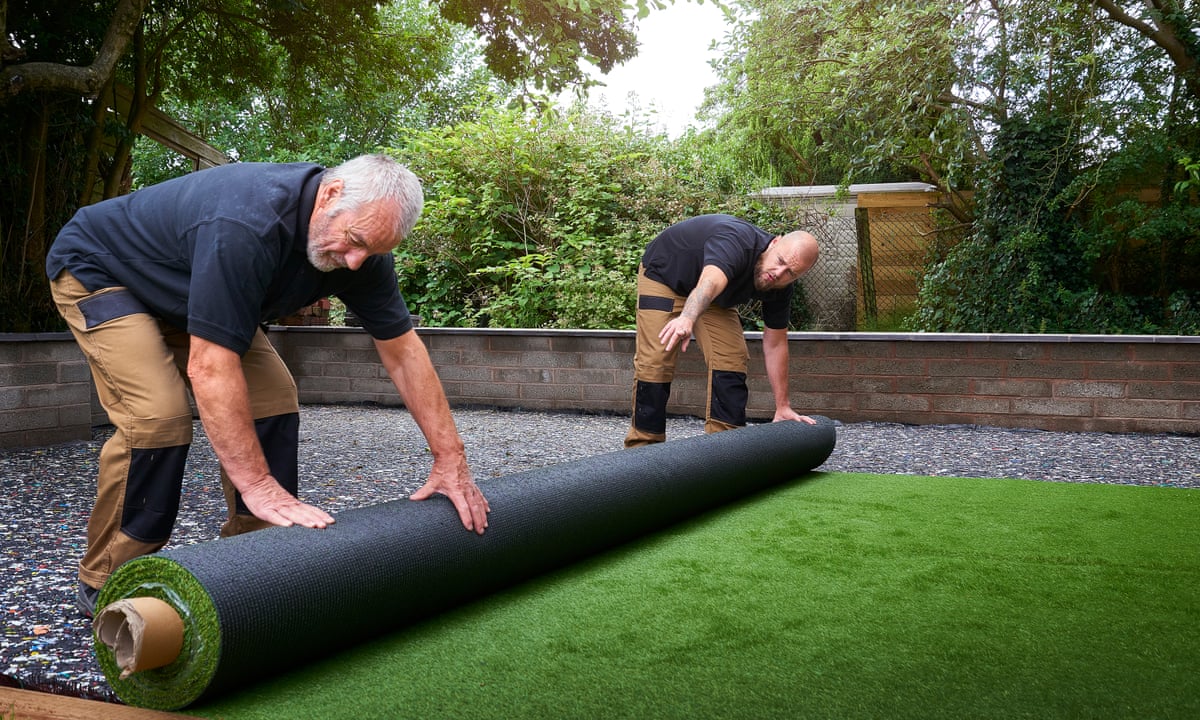
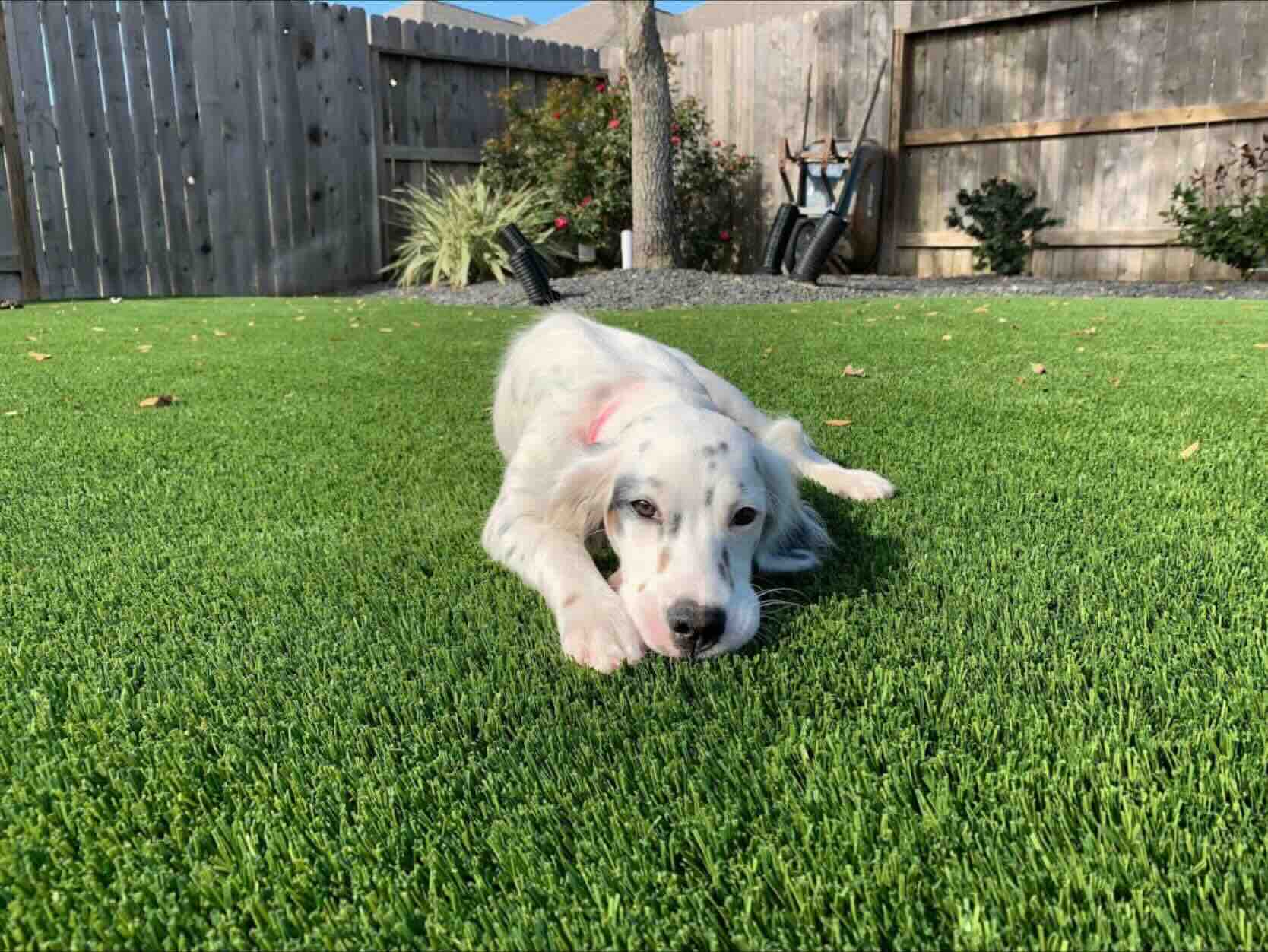
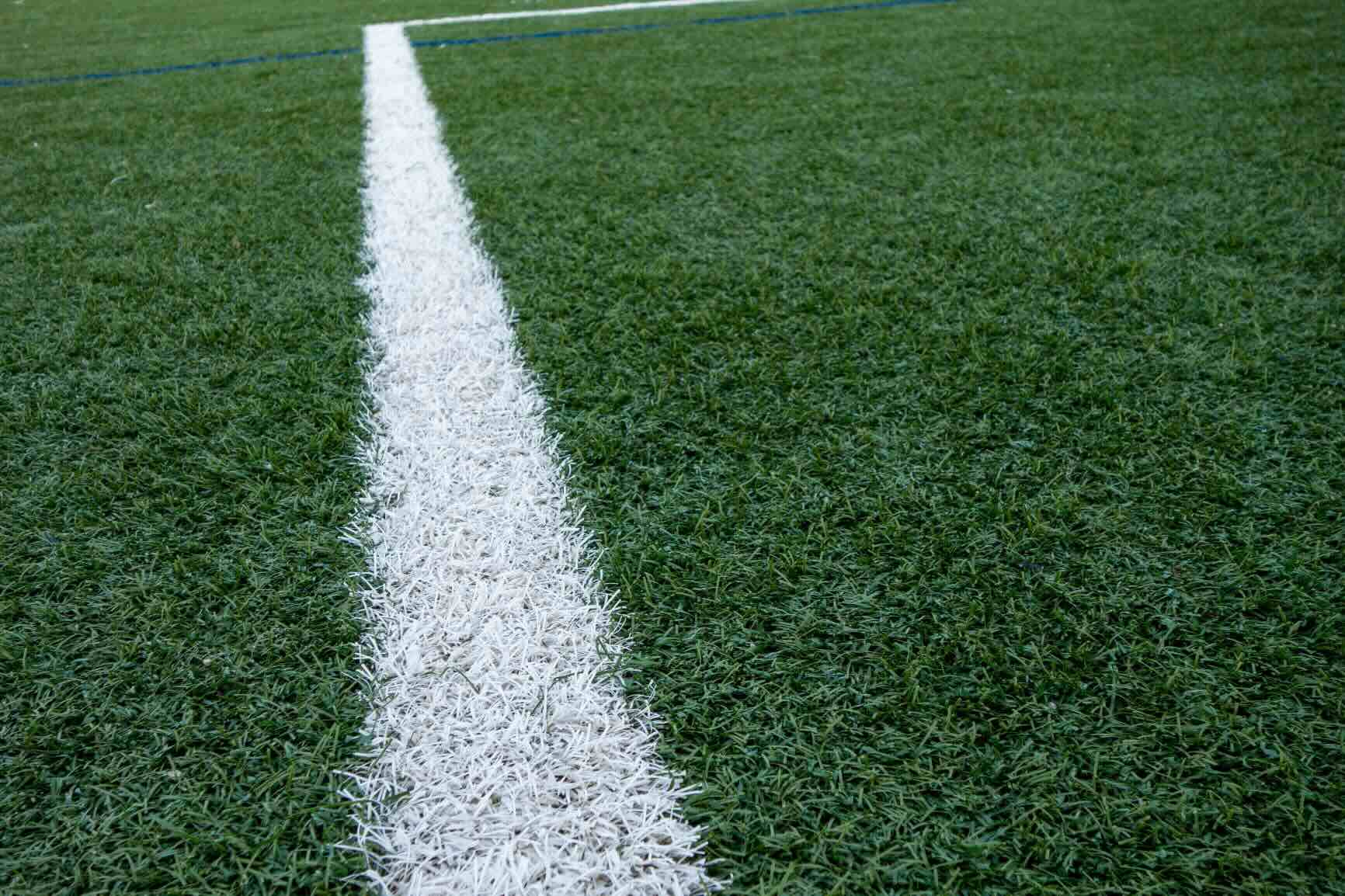
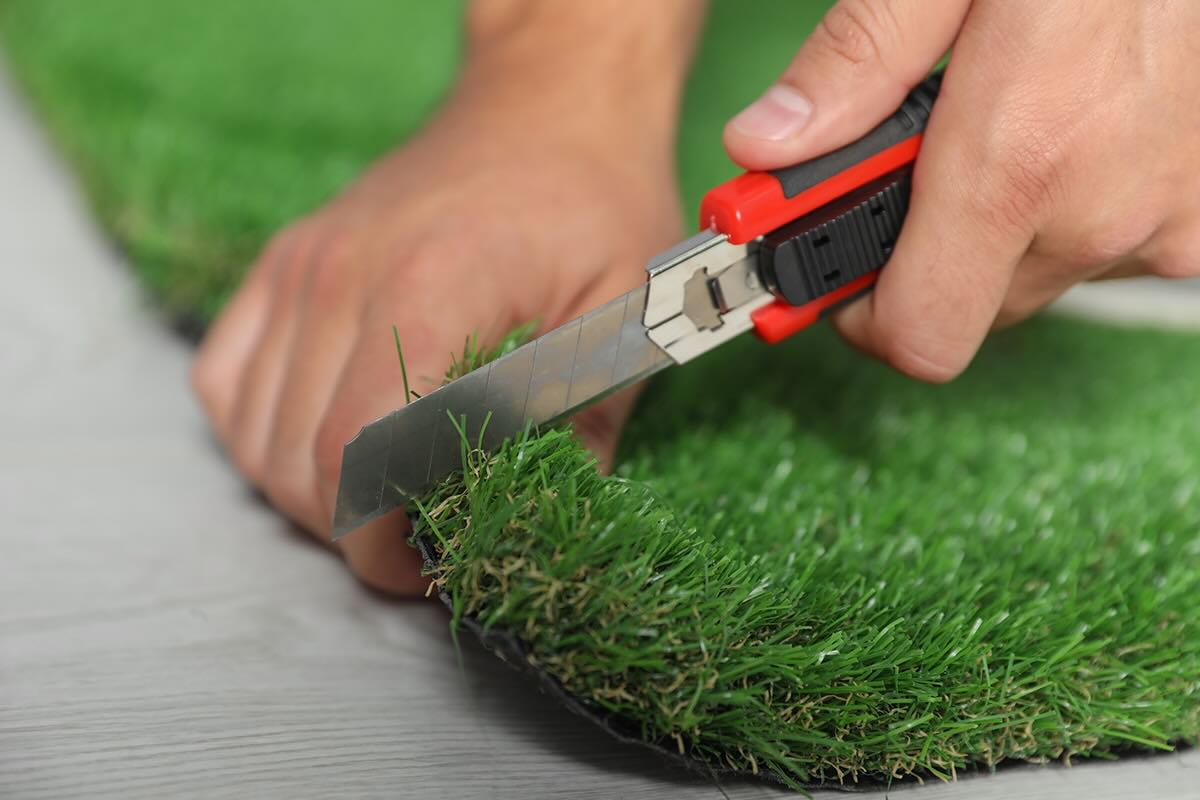
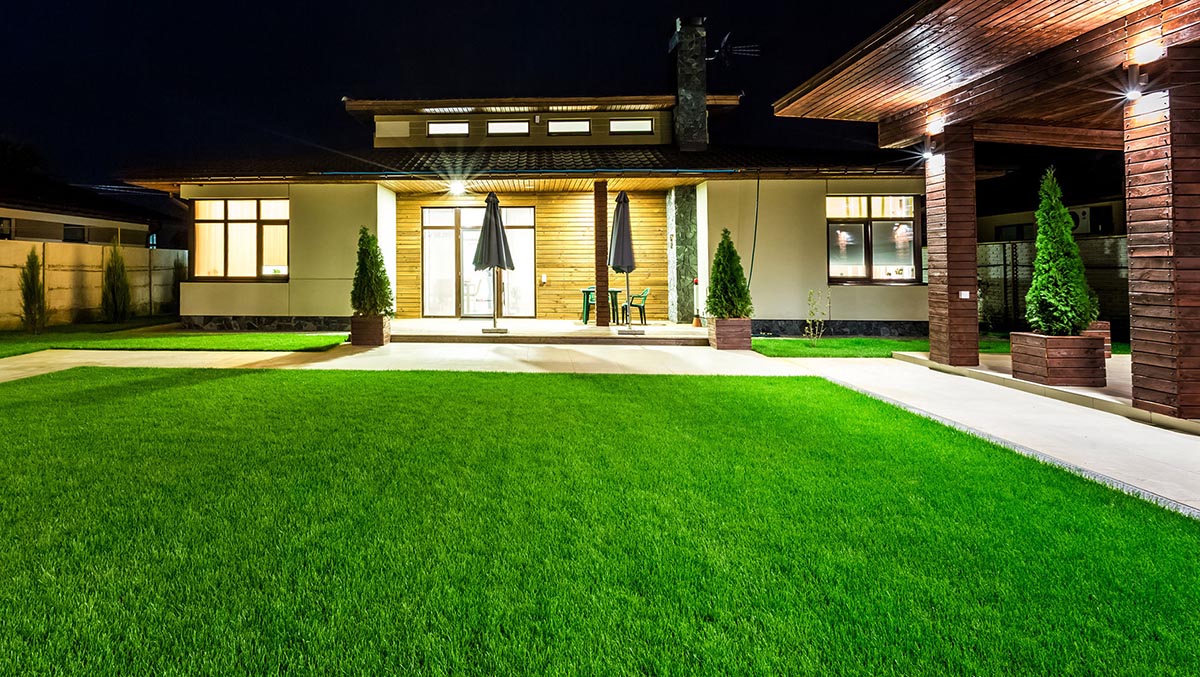
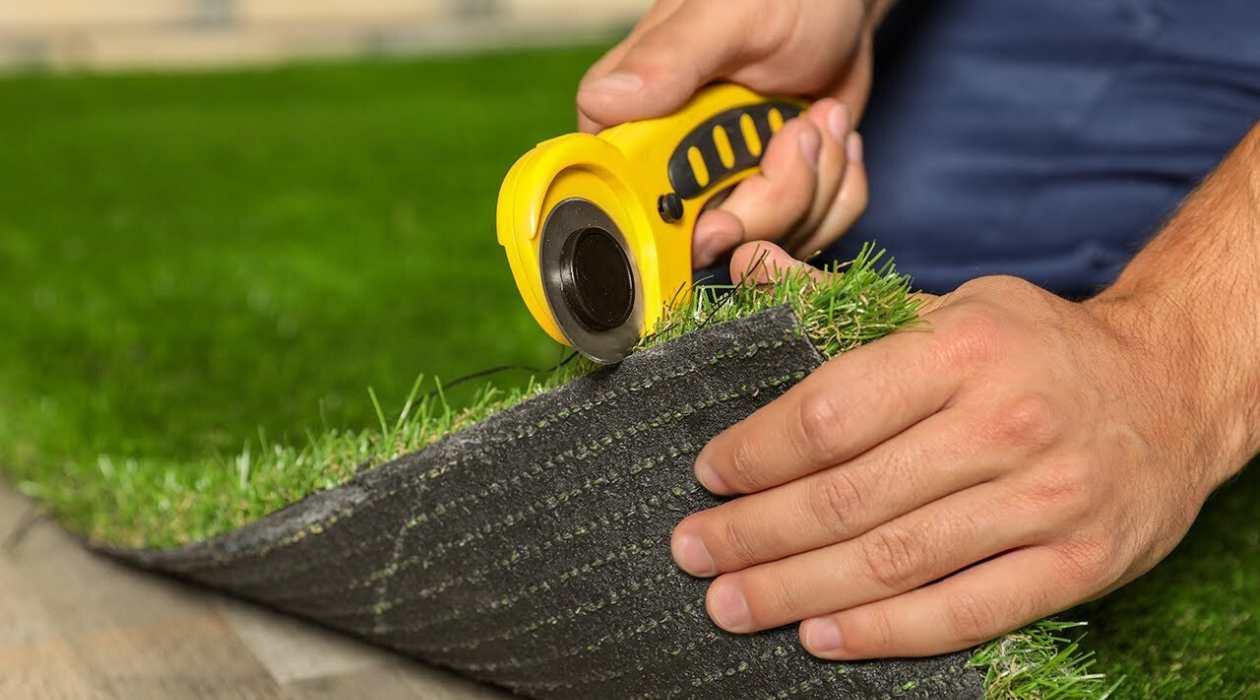
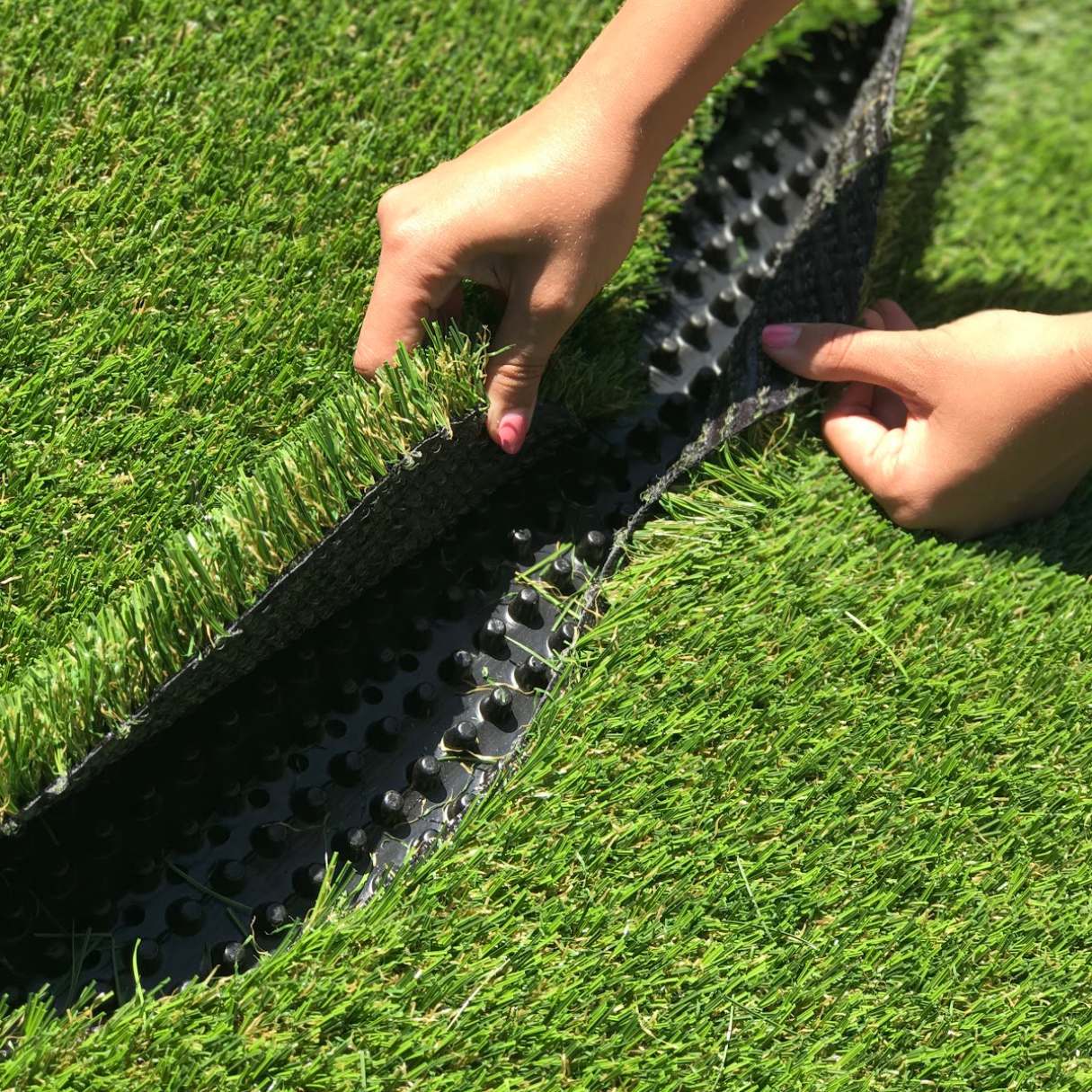
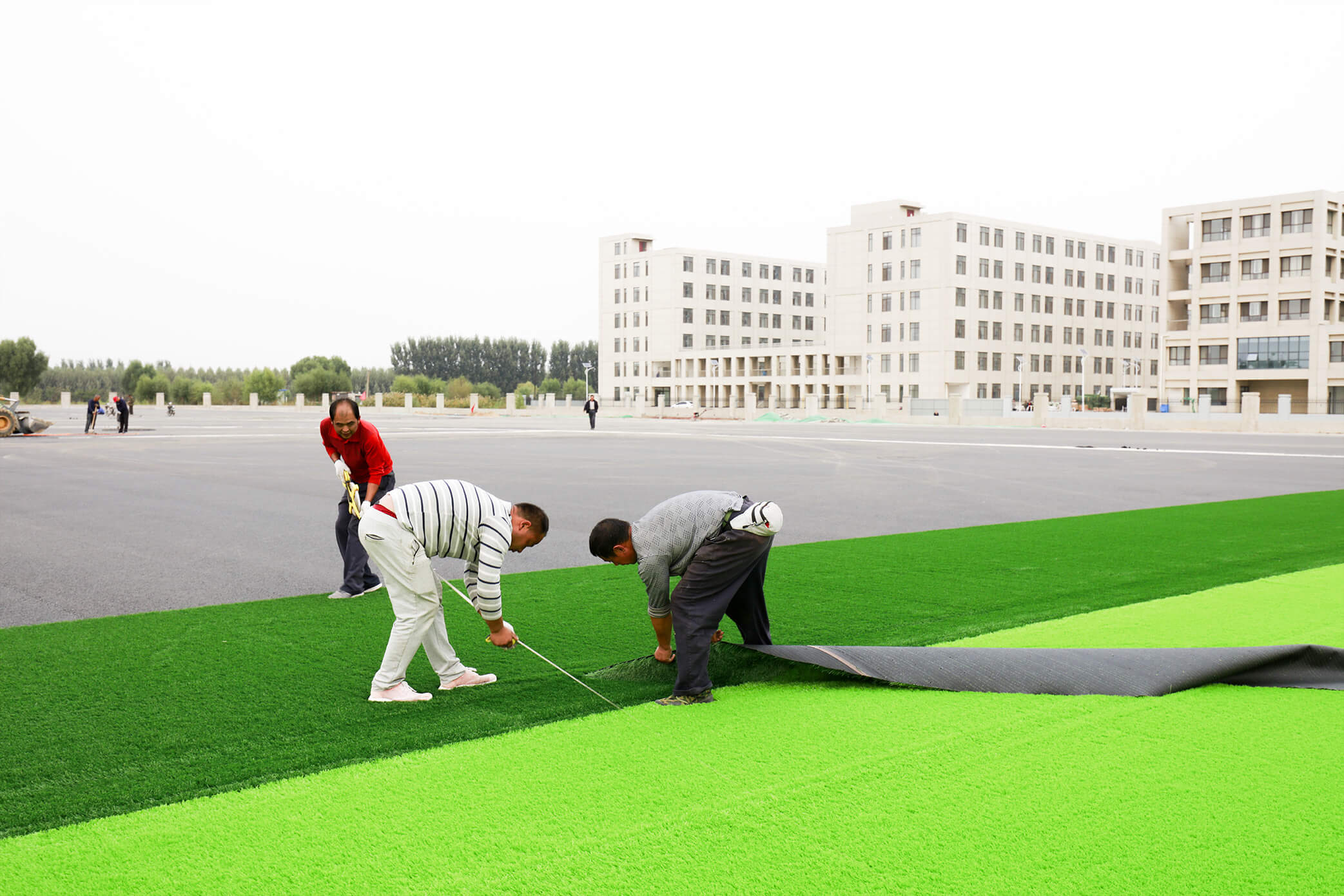
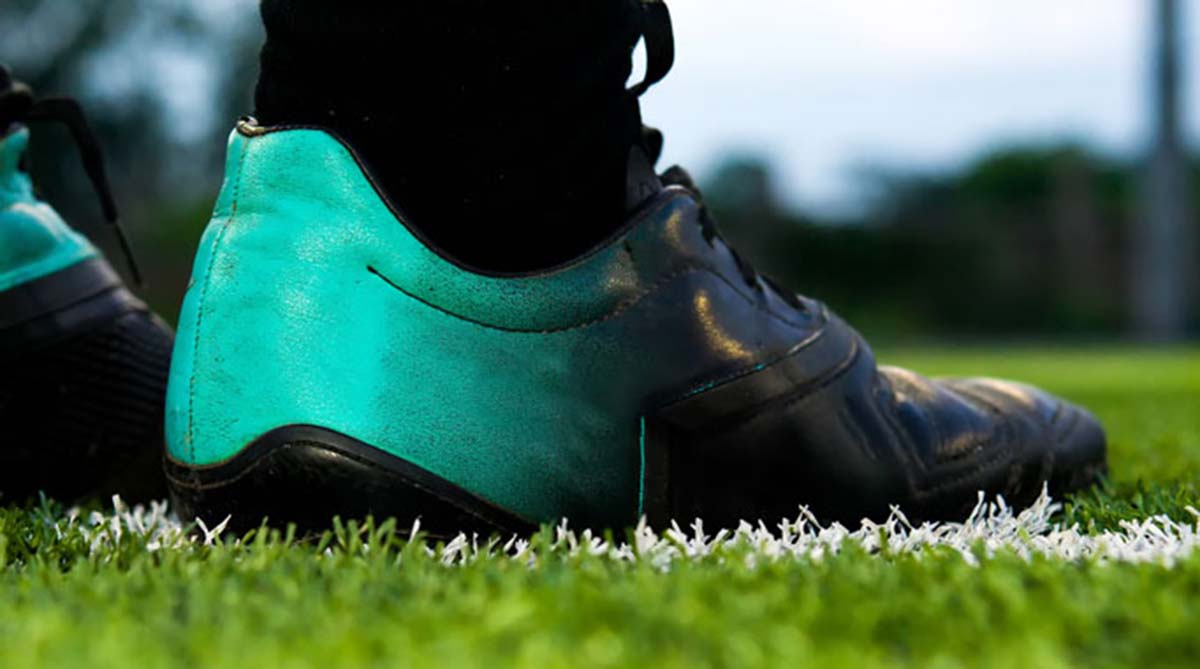

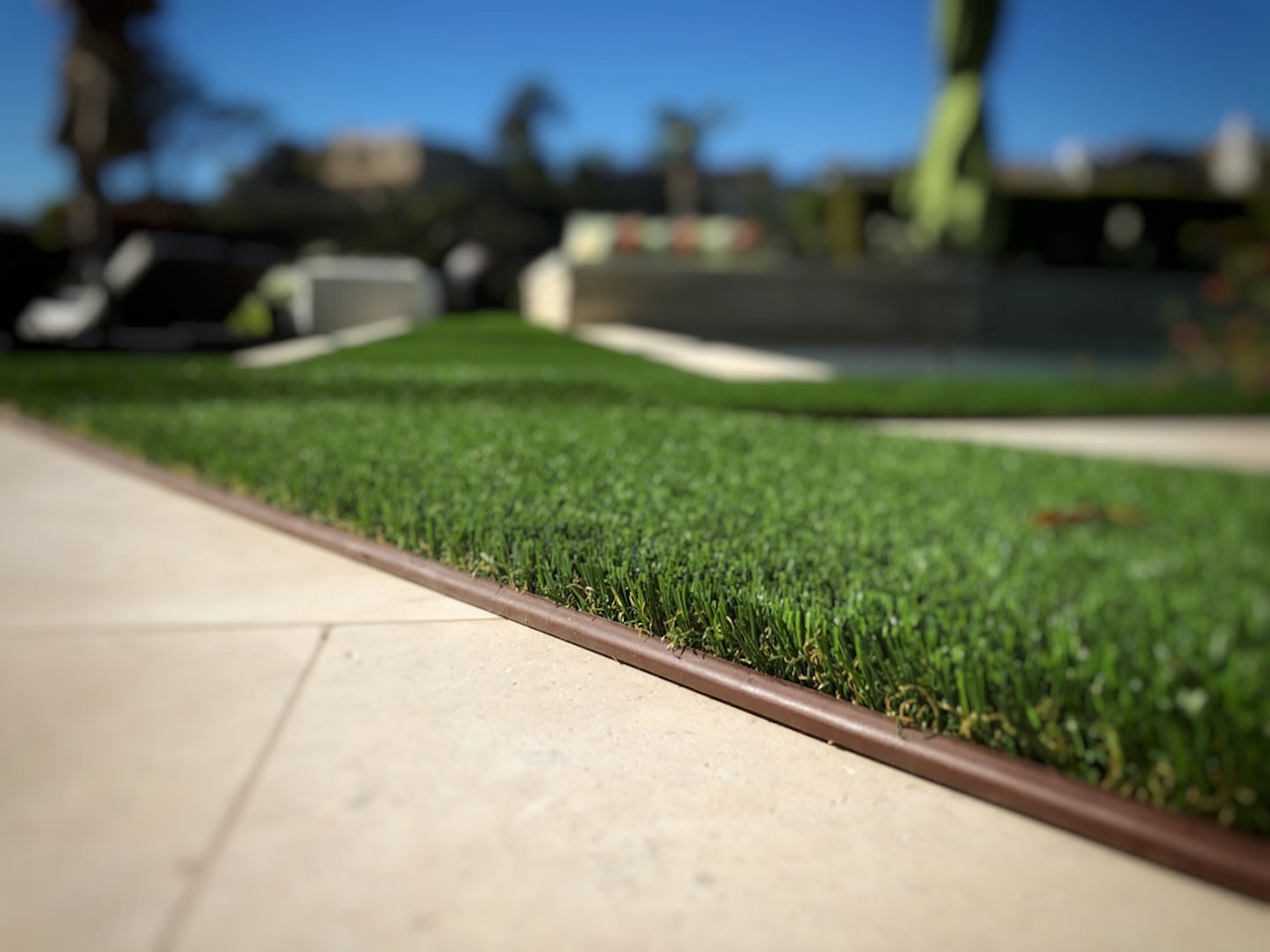
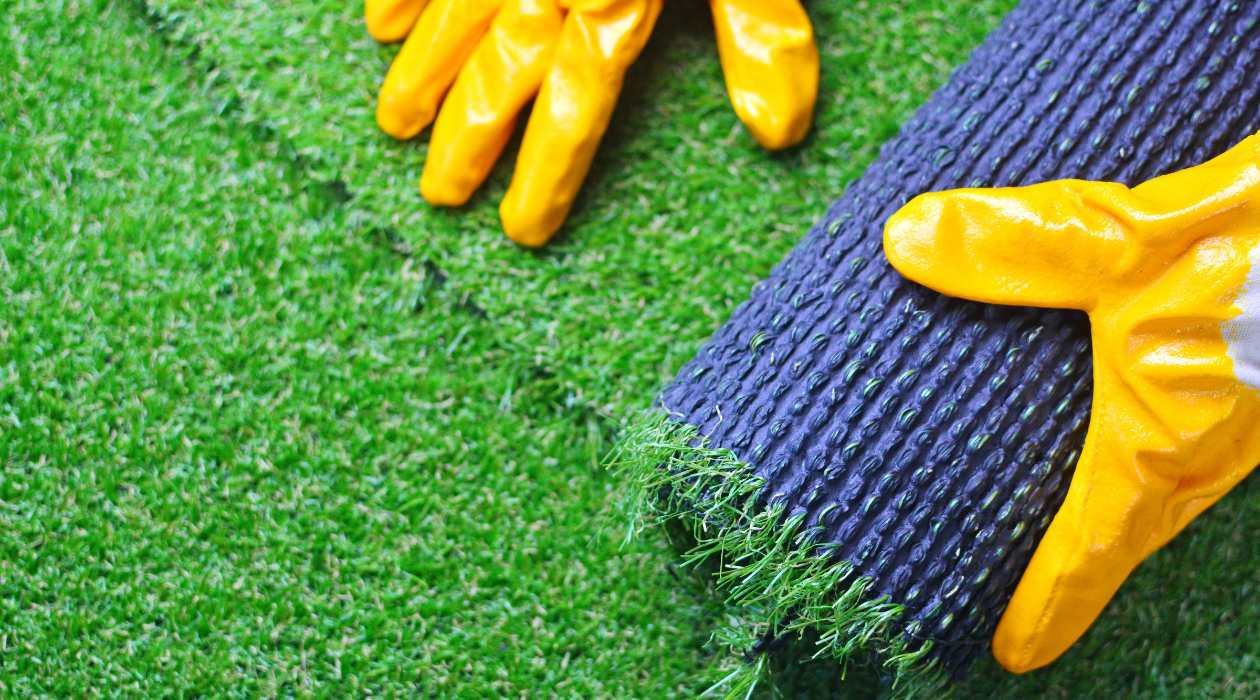
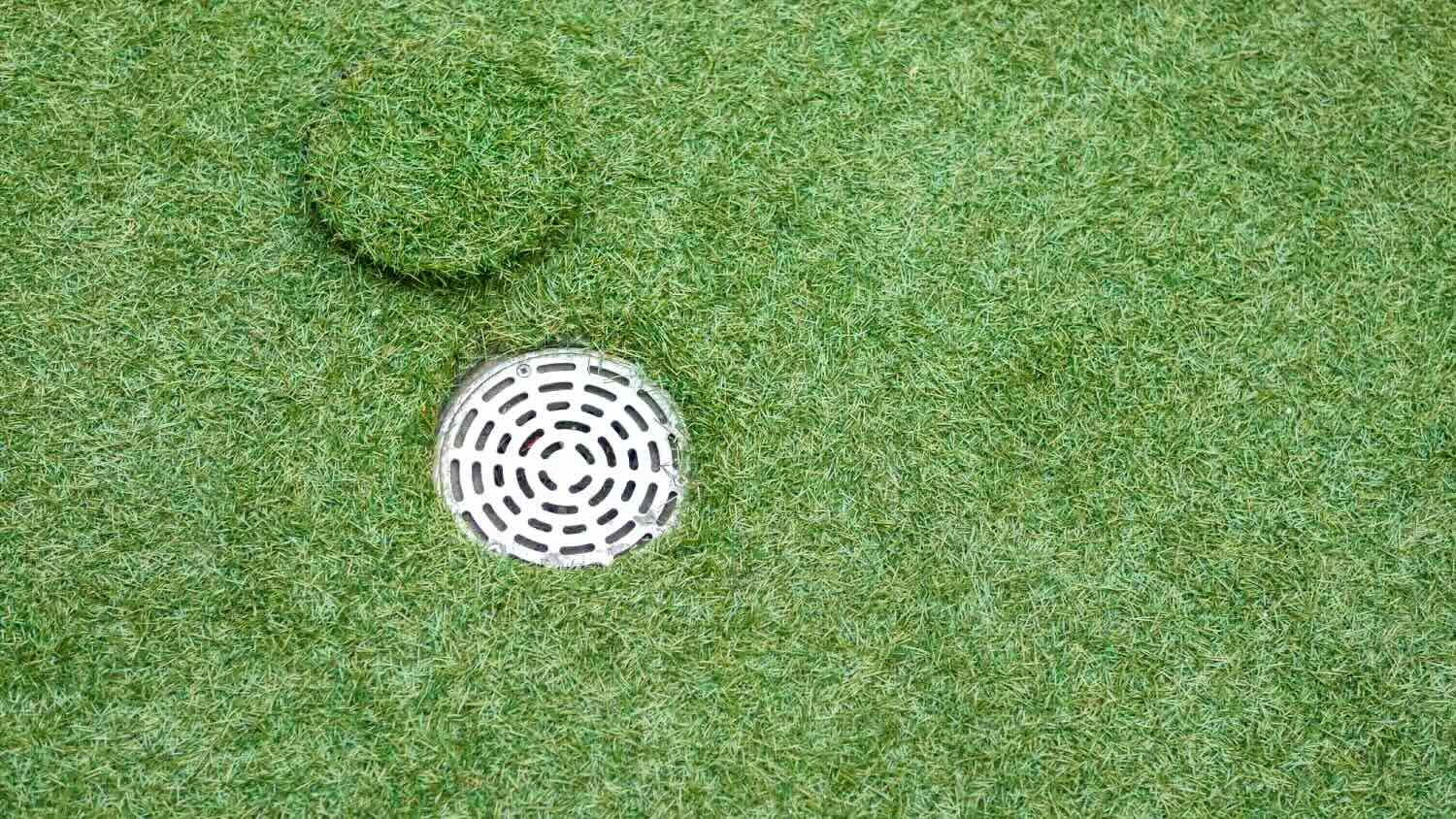
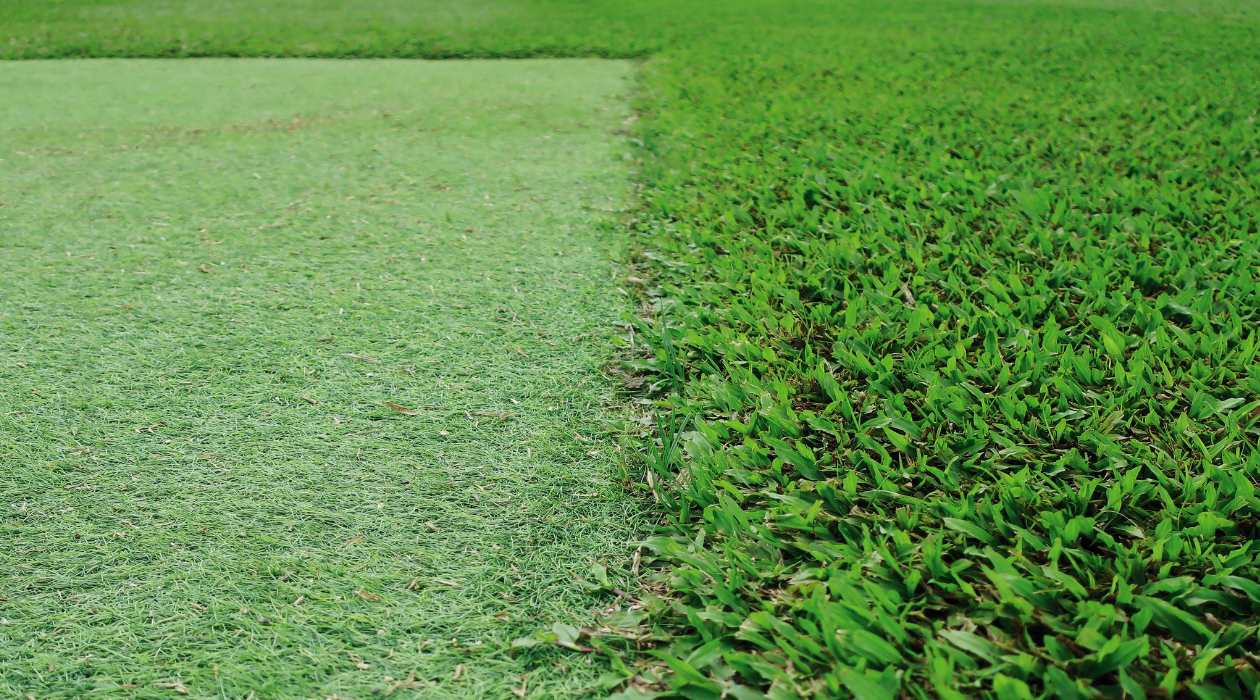

0 thoughts on “What Is Astro Turf Made Of”